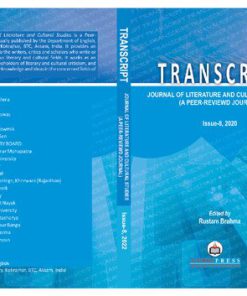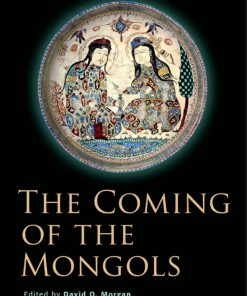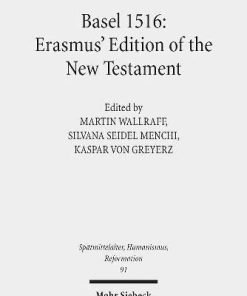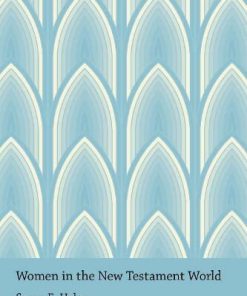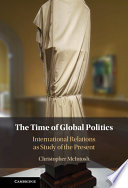Synoptic Studies The Ampleforth Conferences of 1982 And 1983 Journal of the Study of the New Testament Supplement Series vol 7 1st Edition by Christopher M. Tuckett 9781474231206 1474231209
$50.00 Original price was: $50.00.$25.00Current price is: $25.00.
Synoptic Studies The Ampleforth Conferences of 1982 And 1983 Journal of the Study of the New Testament Supplement Series vol 7 1st Edition Christopher M. Tuckett – Ebook Instant Download/Delivery ISBN(s): 9781474231190, 1474231195, 9781474231206, 1474231209
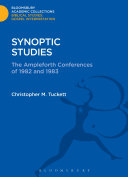
Product details:
- ISBN 10: 1474231209
- ISBN 13: 9781474231206
- Author: Christopher M. Tuckett
The essays in this collection edited by Christopher M. Tuckett are taken from two conferences held at Ampleforth Abbey in 1982 and 1983. The discussion at these conferences centred on the issue of the Synoptic Problem, and special consideration was given to a critique of the ‘two-document hypothesis’ or the idea that the chronological ordering of Luke and Matthew after Mark enabled the two former to draw on the latter and, in addition, a document entitled ‘Q’. This established idea has since been challenged, with new arguments suggesting that in fact Matthew originated first, and Mark was reliant on Matthew for its source material. This discussion has since been continued and while no definitive answer can be offered, this collection of essays promises a fascinating view of the issues that have arisen, and the attempts to reconcile and understand the Synoptic Problem.
Table contents:
Midrash and the Gospels
Rabbinic Biography and the Biography of Jesus: A Survey of the Evidence
Contemporary Analogies to the Gospel and Acts: ‘Genres’ or ‘Motifs’?
A Griesbachian Perspective on the Argument from Order
Certain Results Reached by Sir John C. Hawkins and C.F. Burney which make more sense if Luke knew Ma
Some Observations on Professor Farmer’s ‘Certain Results …’
Reply to Michael Goulder
The Order of a Crank
The Credibility of Luke’s Transformation of Matthew
Matthew 12.22-50 and Parallels: An Alternative to Matthean Conflation
Matthew on Matthew
The Evidence of Papias for the Priority of Matthew
Arguments from Order: Definition and Evaluation
People also search:
synoptic analysis
synoptic analysis and forecasting an introductory toolkit
q hypothesis
the synopticon
2 source hypothesis
You may also like…
Religion & Spirituality
The Evangelicals and the Synoptic Problem American University Studies Strickland
Uncategorized
History - Middle Eastern History
THE IDEA OF IRAN Vol 7 The Coming of the Mongols 1st Edition David O Morgan Sarah Stewart
Uncategorized
Religion & Spirituality - Christianity
An Analysis of N T Wright s The New Testament and the People of God 1st Edition Benjamin Laird
Religion & Spirituality - Bible
Religion & Spirituality - Bible
Politics & Philosophy - International Relations




